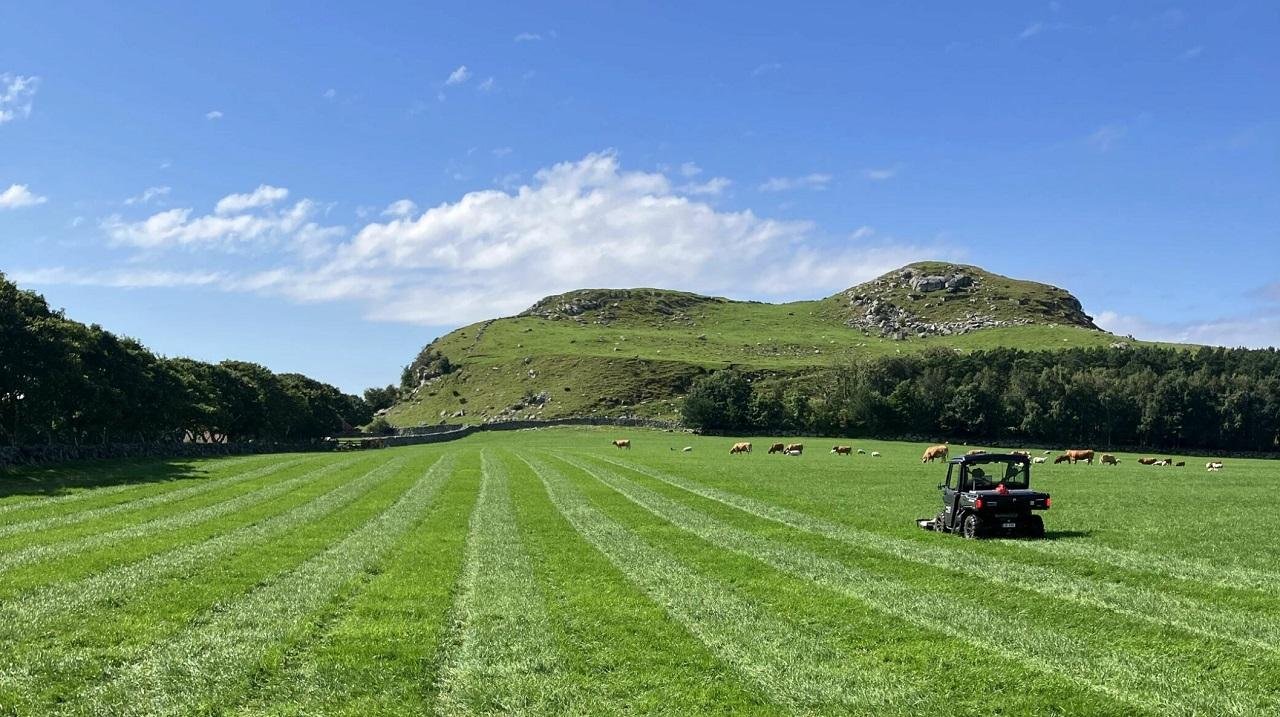Archaeologists from the University of Stavanger have made an announcement regarding the potential discovery of a Viking Age marketplace on the serene island of Klosterøy, nestled off the southwestern coast of Norway.

The island, renowned for its cultural heritage and home to the well-preserved Utstein Monastery, has long captivated historians and archaeologists alike with its rich history.
Utilizing cutting-edge ground-penetrating radar technology, the team uncovered compelling evidence of human activity beneath the island’s surface during surveys conducted in September 2023. The scans revealed the presence of several man-made structures, including pit houses and the foundations of three piers or boathouses, suggesting a bustling hub of commerce and trade during the Viking Age.
Speaking to ScienceNorway, Associate Professor Håkon Reiersen at the Museum of Archaeology and a key figure in the research project, said: “We have received numerous metal detector finds from Utstein in recent years, including items associated with trade such as weights and coins.” This sentiment was echoed by Kristoffer Hillesland from the University of Stavanger’s Museum of Archaeology, who highlighted the prevalence of pit houses across Scandinavia during the Viking Age, often serving as workshops for craftsmanship.

The discovery of these structures, coupled with artifacts uncovered through metal detector sweeps, paints a compelling picture of Klosterøy’s role in Viking-era trade networks. Coins and weights found at the site further bolster the hypothesis of a marketplace, potentially unique to this region of Norway.
In addition to the archaeological evidence, the collaboration between researchers and the landowners at Utstein Gard has been instrumental in advancing our understanding of the island’s history. The landowners expressed their excitement at the discoveries, emphasizing their deep connection to the region’s heritage.

While the initial findings are promising, archaeologists emphasize the need for further investigations to confirm the presence of a marketplace definitively. Grethe Moéll Pedersen, an archaeologist involved in the project, said: “While many indicators suggest that this may be a marketplace, we cannot be 100 percent certain until further investigations are conducted in the area to verify the findings.”


































